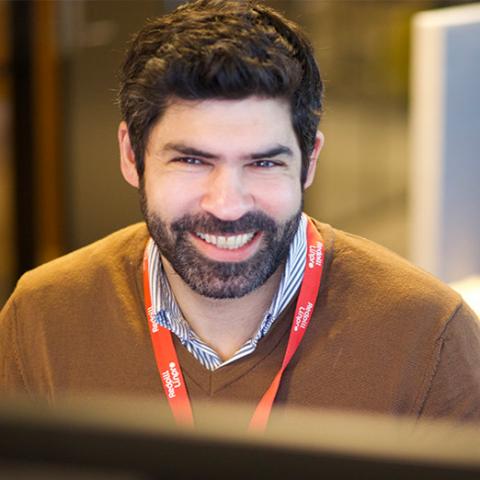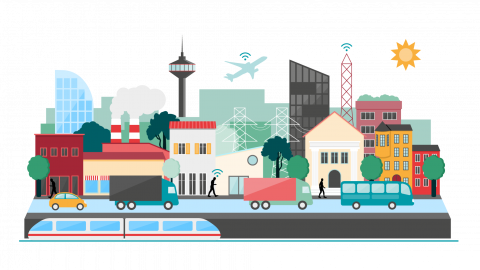2025-11-04
Beyond the numbers: what sustainable cloud and AI should look like
In our previous article, we dug into the raw numbers behind cloud and AI energy use. But sustainability isn’t only about terawatt-hours and cooling systems. It’s also about choices — the strategic, architectural, and operational decisions that shape how digital infrastructure behaves in the real world
Written by Yngve Sandal



